Meet Mr. Mumler, the Man Who “Captured” Lincoln’s Ghost on Camera
When America’s first aerial cameraman met an infamous spirit photographer, the chemistry was explosive
/https://tf-cmsv2-smithsonianmag-media.s3.amazonaws.com/filer/ea/8d/ea8daf0b-3330-4921-b32c-e9e42320f8ca/spirit-photographs-collage.jpg)
Early one morning in October 1860, while the rest of Boston lingered under blankets to delay exposure to early winter temperatures, a respectable middle-aged photographer named James Wallace Black prepared his hot-air balloon to ascend to the heavens.
It would be a bright and sunny day, but when Black arrived on Boston Common the grass was still stiff with frost. He carefully rolled out a massive pouch of stitched silk, then connected its open end to a portable hydrogen pump resembling an oversized casket on wheels. As gas escaped the tank, the photographer watched the shroud of smooth fabric stir to life. It seemed to breathe, growing gradually with each inhalation. Then all at once it stirred and began to rise.
No expert balloonist, J. W. Black had spent half his years behind the camera, and all of them with his feet firmly on the ground. For guidance in this new interest, he turned to Samuel Archer King, New England’s preeminent aerialist. King had traveled from Providence, Rhode Island, to help Black see Boston from above. Their balloon, called “Queen of the Air,” soon climbed 1,200 feet above the city.
After they had landed, the images Black made—the first aerial photographs taken anywhere in the United States—were a revelation. Within one frame, church steeples and storefronts, rooftops and alleyways, sailing ships and merchants’ carts, were all collected like odds and ends in a junk drawer. From the jumbled landscape emerged a world moved by designs too grand to be seen.

Not everyone found the aerial images so astonishing. “The cow pasture character of our streets is finely presented,” a journalist wryly noted upon seeing the pictures later that month. Yet the change in perspective Black’s camera had provided was not lost even on those whose first impulse was bemusement. Residents of Boston often called their home the “Hub of the Universe,” believing it a grand city filled with the greatest minds in the nation. And now, Black had gone up into the clouds and returned with evidence of how small the city really was.
Until then, photography was largely a personal affair undertaken in the comfort of a Daguerreotypist’s salon. To see images taken from high above was to realize this still novel technology might one day show far more than previously imagined.
**
When Black met the soon to be infamous “spirit photographer” William Mumler two autumns later, the former had been taking pictures for 20 years; the latter for about as many days.
A true believer in Mumler’s ability to use photographic plates to capture images of spiritual beings had brought a ghostly picture to Black’s studio and asked if Black could create a similar one using either his usual implements or any “mechanical contrivance.” After scrutinizing the photograph, Black admitted that he could not.
But a man who would go up in a balloon for his art was not the sort who would leave further investigations to others. Black began his inquiry by sending his assistant, Horace Weston, to Mumler’s studio on Washington Street—conveniently just a few blocks from his own. There the assistant was to request a sitting, giving no indication that his true motive was to take notes and report back to Black.
It had only been a short time since Mumler’s reputation as a man who could photograph the dead had begun to spread. Yet he seated Black’s assistant for a portrait as if his request was no surprise at all. Posing the young man by a window, he took a picture, developed it, and then supplied a photograph that seemed to show not only Weston’s own likeness, but that of Weston’s deceased father.
Weston had been taught photography by the best. If something was amiss in Mumler’s process, surely he would have spotted it. And yet he had not.
“All I can say to Mr. Black,” he said to Mumler, admitting he had been sent there on a mission, “is that I have seen nothing different from taking an ordinary picture.”
He left, but then returned a short time later, likely red in the face both from rushing up and down the street on this unusual errand, and from embarrassment.
“When I went back, they all came around me to hear my report,” he said of his coworkers at Black’s studio. “And when I told them that I had got a second form on the negative, but had seen nothing different in the manipulation from taking an ordinary picture, they shouted with laughter.”
Weston asked if Black himself might pay a visit. “If you will allow him the same privilege of witnessing the operation that you did me,” he said to Mumler, “and he gets a spirit form on the negative, he will give you fifty dollars.”
“Tell Mr. Black to come,” Mumler said
A short time later, the great man arrived. For him the journey down Washington Street to Mumler’s door would have been no less fantastical than lifting off into the air over Boston Common. In the one known photograph of the esteemed photographer, Black presents himself as an informed and worldly man, impeccably dressed and reading a folded newspaper with spectacles on his nose. He sits with his legs crossed in a comfortable chair, as if fully at ease with the universe and his place within it. Now here was this rumpled amateur claiming he had captured more with a camera than Black had ever dreamed.
“Mr. Black, I have heard your generous offer,” Mumler said by way of greeting. “All I can say is, be thorough in your investigations.”
“You may rest assured of that.”
Mumler had prepared the studio in advance. His camera stood at the ready. “That is the instrument I propose to take your picture with,” he said. “You are at liberty to take it to pieces.”
Black shrugged off the suggestion. He did not credit the man before him with enough knowledge to alter a camera’s functioning sufficiently to produce the images he had seen.
“That is all right,” he said.
Next Mumler showed him the glass plate he intended to use. “Mr. Black, I propose to take your picture on this glass; you are at liberty to clean it.”
Black took the glass from Mumler and examined it for spots or other signs that it had been tampered with. Holding it close to his face, he exhaled sharply, his breath fogging the clear surface.
“I don’t lose sight of this plate from this time,” he said.
The two men then moved to the dark room, where Mumler coated the plate with the syrupy collodion which would allow an image to form, and then to the sitting room. Black sat facing a window while Mumler took his spot before him, poised beside the camera. He placed the plate in position, then raised the slide that would allow an image to be fixed on the glass.
“All ready,” Mumler said.
With a quick tug, he removed the cloth cover from the lens. The two men waited in stillness and silence as light filled the camera and transformed all it could see into shadows more enduring than reality.
“Mr. Mumler, I should be willing to bet one thing,” Black said. “That you have got my picture.”
“So would I,” the spirit photographer replied.
“And I guess that is all.”
“Very likely,” Mumler agreed. “I do not get them every time.”
Eager to give a skeptic as much control over the process as he wished, Mumler led Black back to the darkroom and suggested he might like to continue the developing process himself.
“I would rather you develop the negative, Mr. Mumler,” Black insisted. “I am not acquainted with the working of your chemicals, and might spoil it.” Just in case the less experienced man took this as a compliment, Black quickly added, “You are not smart enough to put anything on that negative without my detecting it.”
“I am well aware of that,” Mumler said.
Standing in the darkness of the tiny room, Mumler opened a bottle of developer and
poured the chemical solution over the glass. This would produce the negative, with the whitest spots appearing blackest, an inversion of all the ways the eye wants to see. To an experienced photographer, reading a negative is simply like switching to a language known since birth but used only on certain occasions.
Black watched as his own dark outline appeared on the glass, its form not unlike the photograph he’d had taken of himself seated with his newspaper. But then another shape began to emerge.
“My God!” Black said. “Is it possible?”
As Mumler would later remember, “Another form became apparent, growing plainer and plainer each moment, until a man appeared, leaning his arm upon Mr. Black’s shoulder.” The man later eulogized as “an authority in the science and chemistry of his profession” then watched “with wonder-stricken eyes” as the two forms took on a clarity unsettling in its intimacy.
Earlier, when he had heard his assistant Horace’s account of seeing a dead parent revived on glass, he had likely been dismissive but not entirely unsympathetic. Black himself had been orphaned at the age of 13; his father’s sudden death had set him on course to learn the art of the daguerreotype, and then to become a self-made man who was brave enough to fly above the city with only silk and hydrogen as wings. He was a creature of experiment and certainty; the figure at his shoulder on Mumler’s negative was the very shape of mystery.
Black did not remain long enough to ask questions, but he did ask if he could take the image with him. Mumler varnished it then handed the finished product to his fellow photographer.
“How much is to pay?” Black asked.
“Not a cent,” Mumler said.
Black was not the only professional flummoxed by this amateur’s uncanny images. Another of the city’s most esteemed photographers, L. H. Hale, tried to re-create the process and produce spirit photographs of his own. But as the spiritualist newspaper Banner of Light reported, Hale could imitate Mumler’s ghosts only through the use of two negatives and by printing one image atop the other.
“He says he cannot see how they can be produced on the card with only one negative,” the Banner noted with delight, “which is the case with all Mumler’s spirit pictures.”
Despite the best efforts of so many investigators, no one was able to solve the riddle of exactly how Mumler created his apparitions. One possible explanation was that Mumler was beginning to find new ways to control the chemical reactions on which all photography at the time depended. The ultimate fruit of his mastery of manipulation was a method of printing images directly from photographs to newsprint. Two decades after he had stumped the experts, the “Mumler process,” as it was called, allowed printers to forgo the usual step of having a photographic plate copied by hand by an illustrator or wood engraver, revolutionizing the ability to reproduce images by the thousands.
Mumler would eventually help usher in a new era in which newspapers entered the picture business. Not only did photographs become ubiquitous, they emerged as the standard of proof for whether or not something had actually happened. Even those who hoped to prove him a fraud might have appreciated the irony: a likely falsifier of images played a pivotal role in the creation of the image-obsessed culture that still defines the nation.
As Black left the spirit photographer’s studio, however, the “Mumler process” was still years away. With the photographic elite unable to debunk his claims, more credulous souls flocked to Mumler’s door—including a grieving Mary Todd Lincoln. (Mumler would later appear in court accused of fraud for his photographic deceptions, a crime for which he was acquitted.)
Casting doubts of his honesty aside, there is no denying that many entered his studio with private aches and left with hearts filled. His early clients included some of Boston’s most influential families, men and women of means who came because of either a recent loss or a nagging emptiness they could not name.
Parents saw visions of children gone for years. Widows who had seen husbands broken by dementia before death found them whole again. Widowers who missed wives with unbearable intensity looked upon their faces at last. And tears pooled on Washington Street like collodion on photo glass.
Adapted from THE APPARITIONISTS by Peter Manseau. Copyright © 2017 by Peter Manseau. Reprinted by permission of Houghton Mifflin Harcourt Publishing Company. All rights reserved.
The author, Peter Manseau, independently authored this book, THE APPARITIONISTS, based on his own personal research. The views expressed in the book are his own and not those of the Smithsonian.
/https://tf-cmsv2-smithsonianmag-media.s3.amazonaws.com/accounts/headshot/PManseau.jpg)
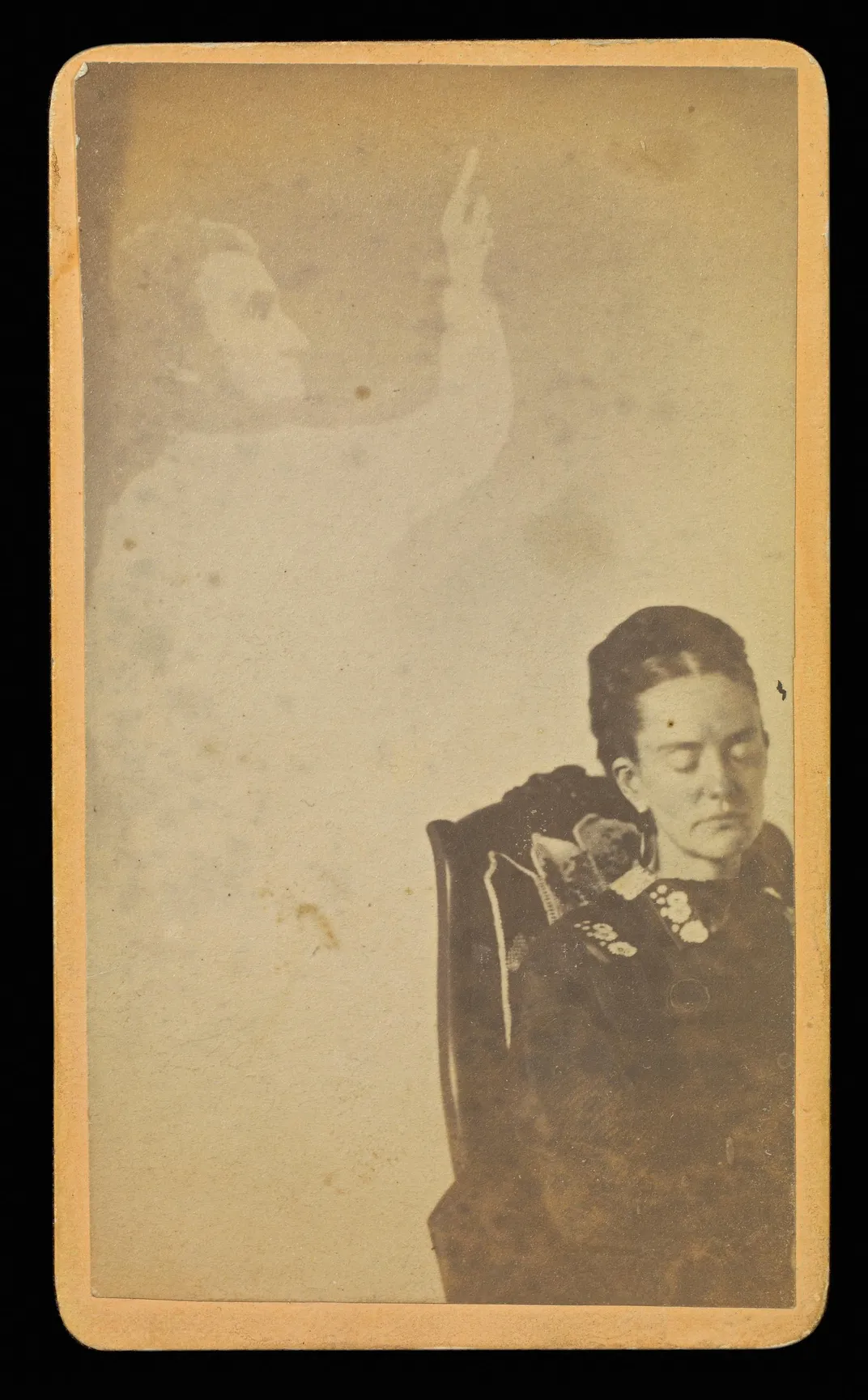

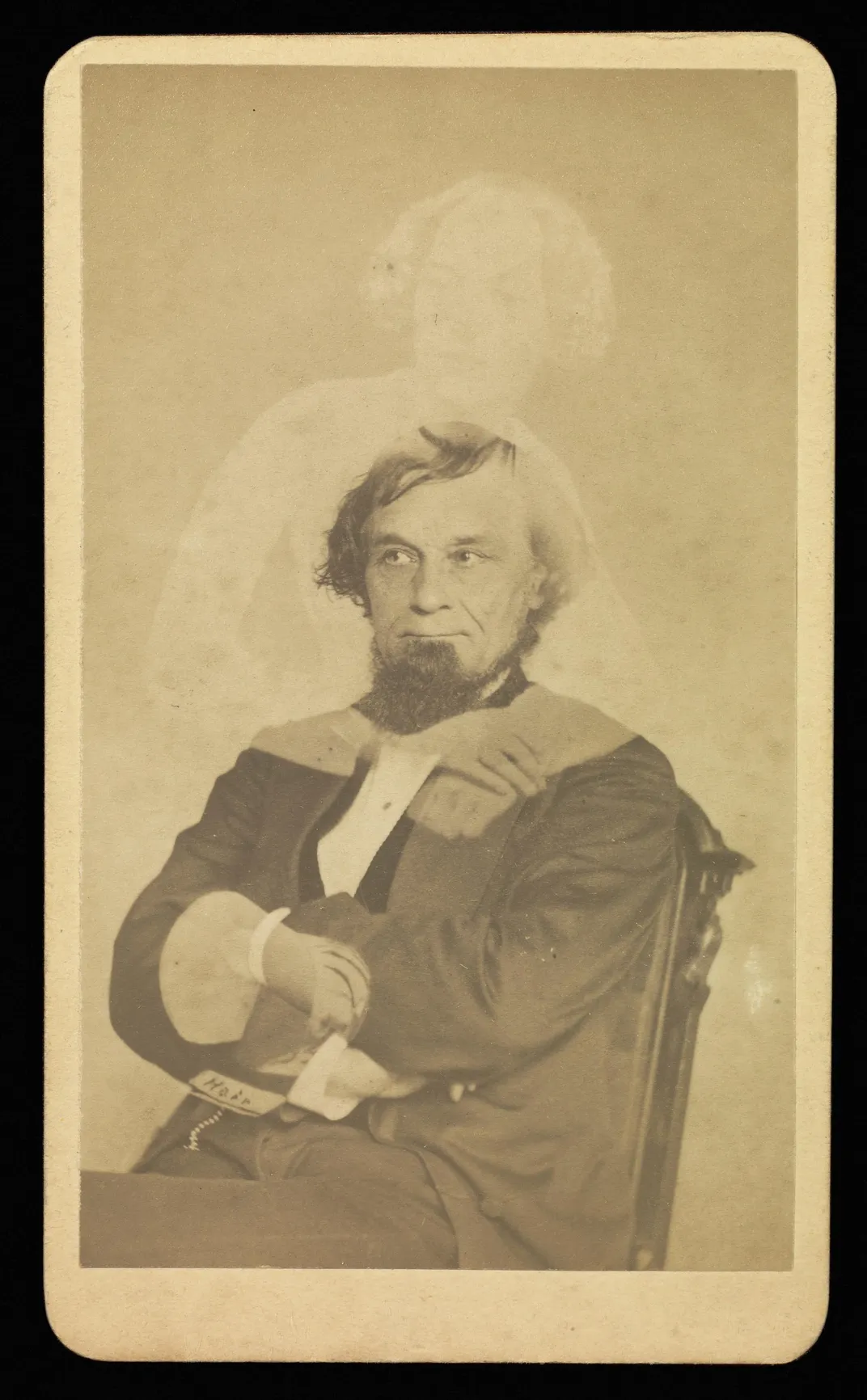
/https://tf-cmsv2-smithsonianmag-media.s3.amazonaws.com/filer/ab/12/ab121fb8-c16d-4c3f-8ea0-cc6851b03056/10227005.jpg)
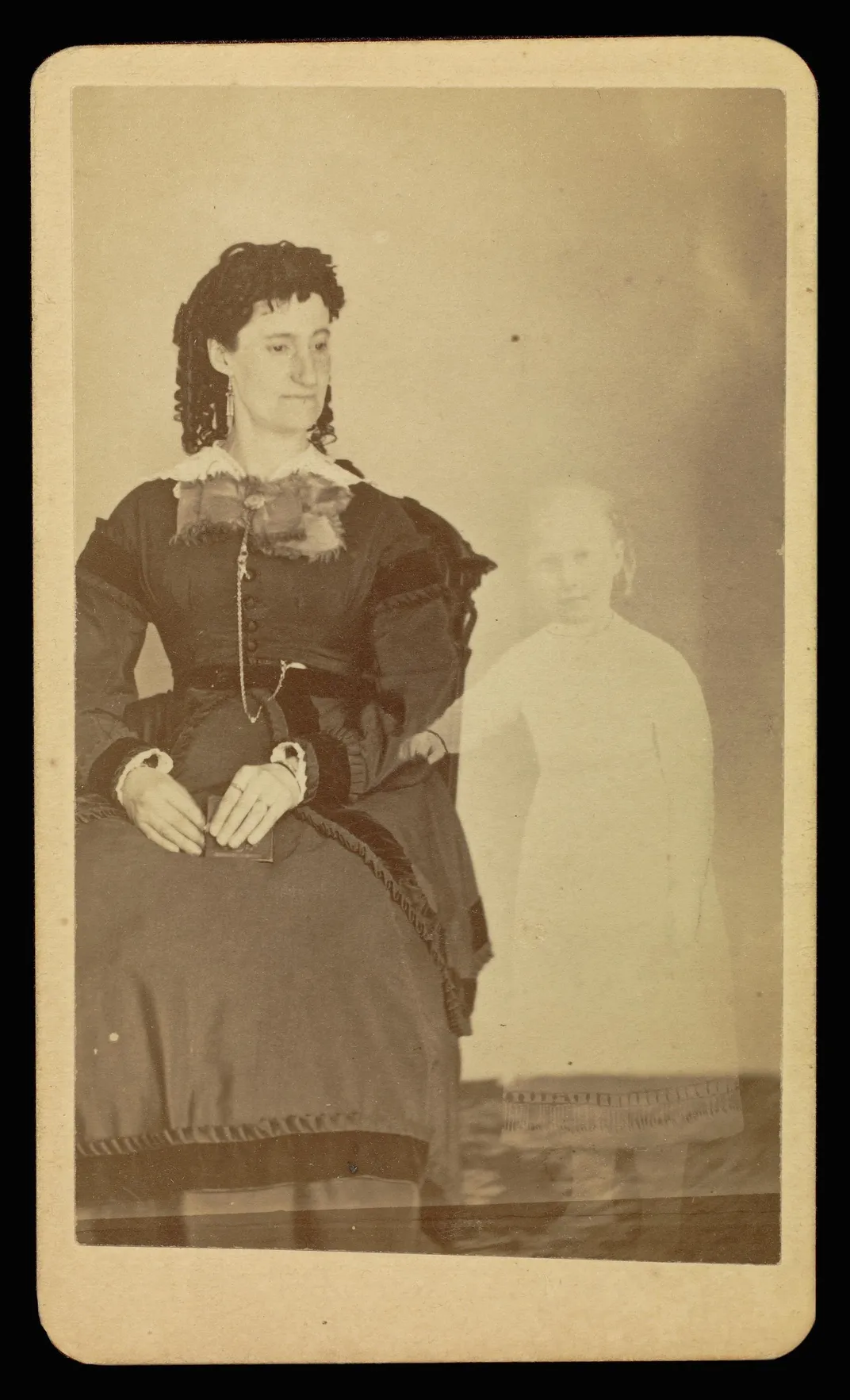
/https://tf-cmsv2-smithsonianmag-media.s3.amazonaws.com/filer/d1/eb/d1eba600-8cc3-4d28-9bec-d999df57815a/10227207.jpg)
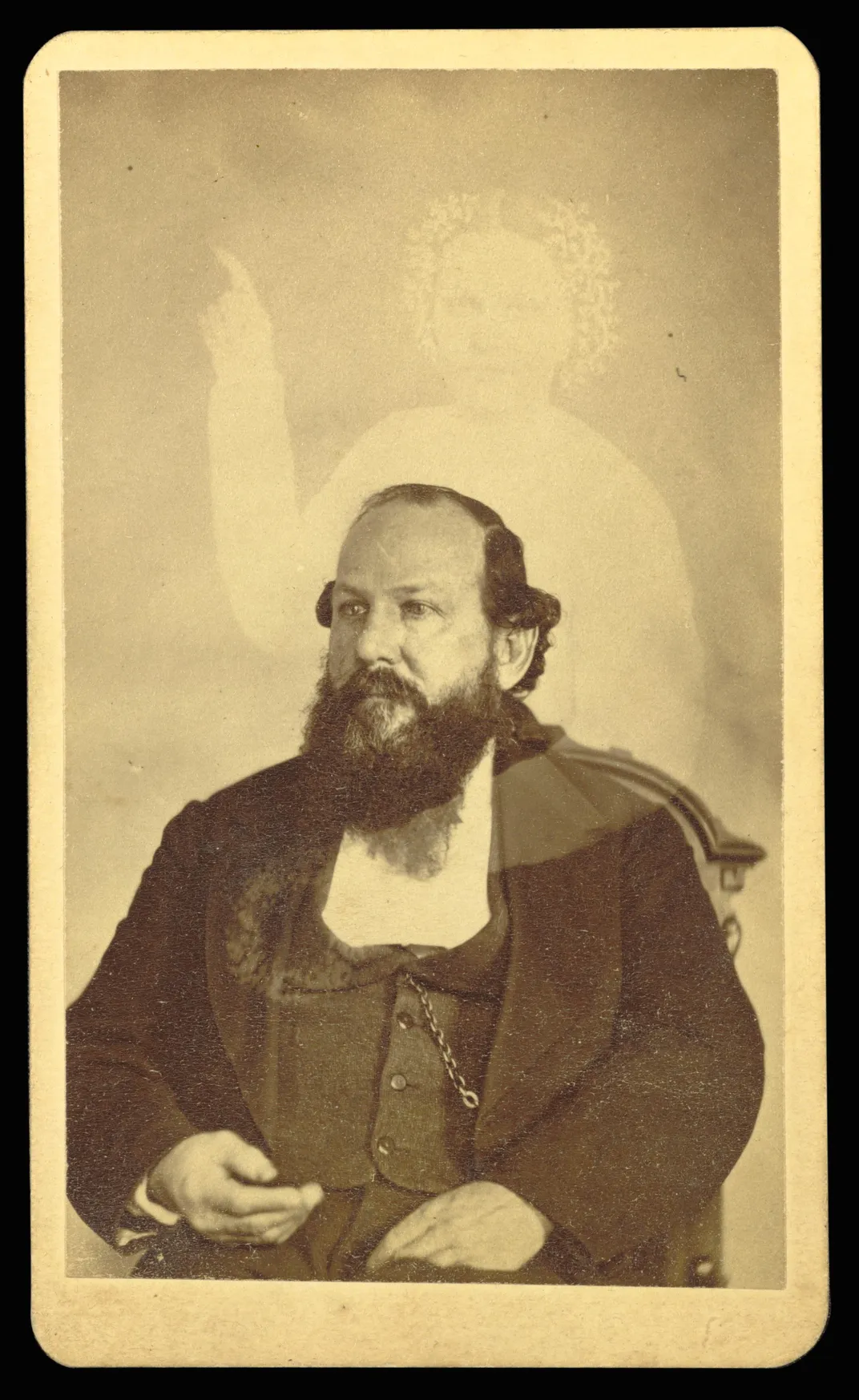
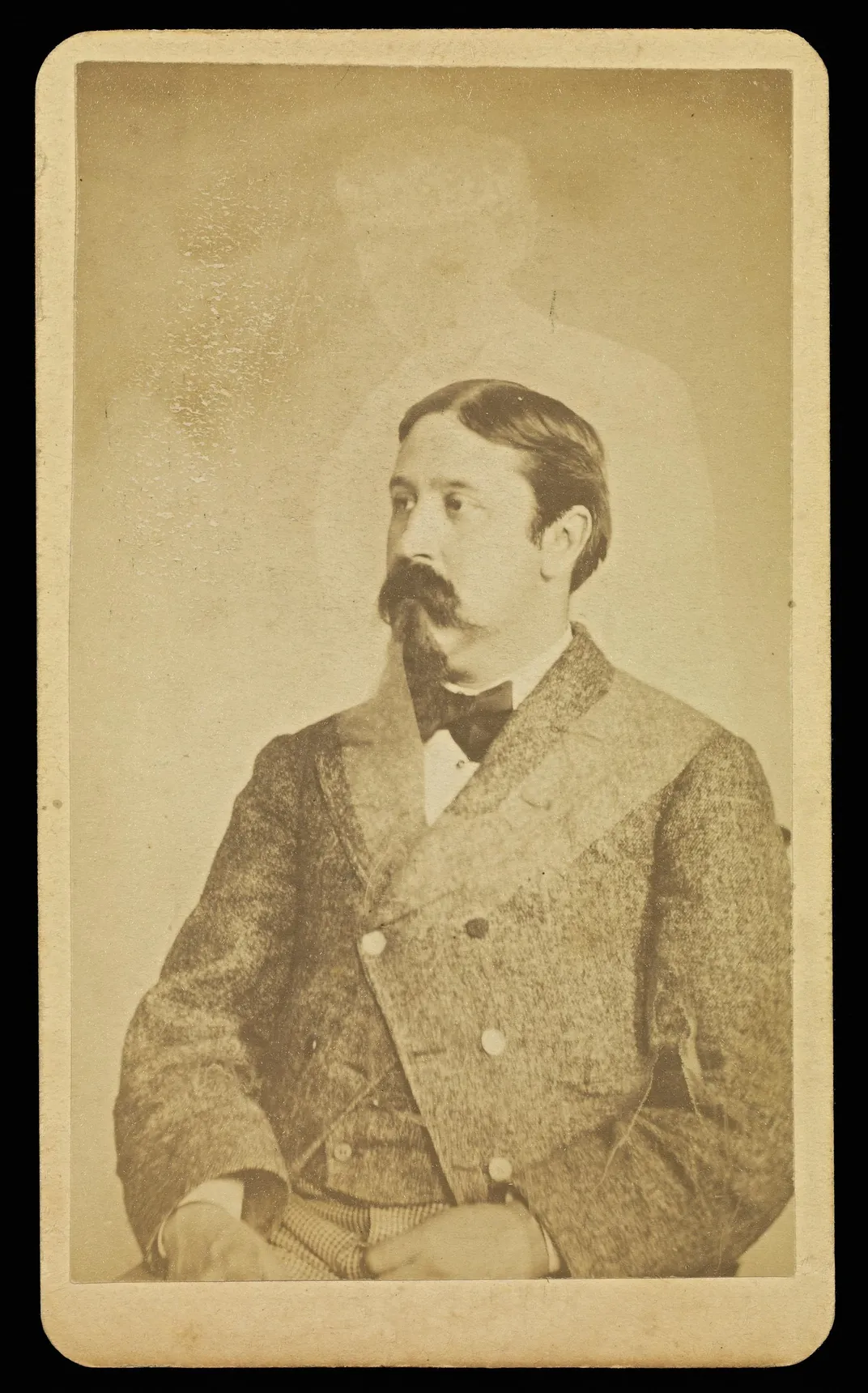


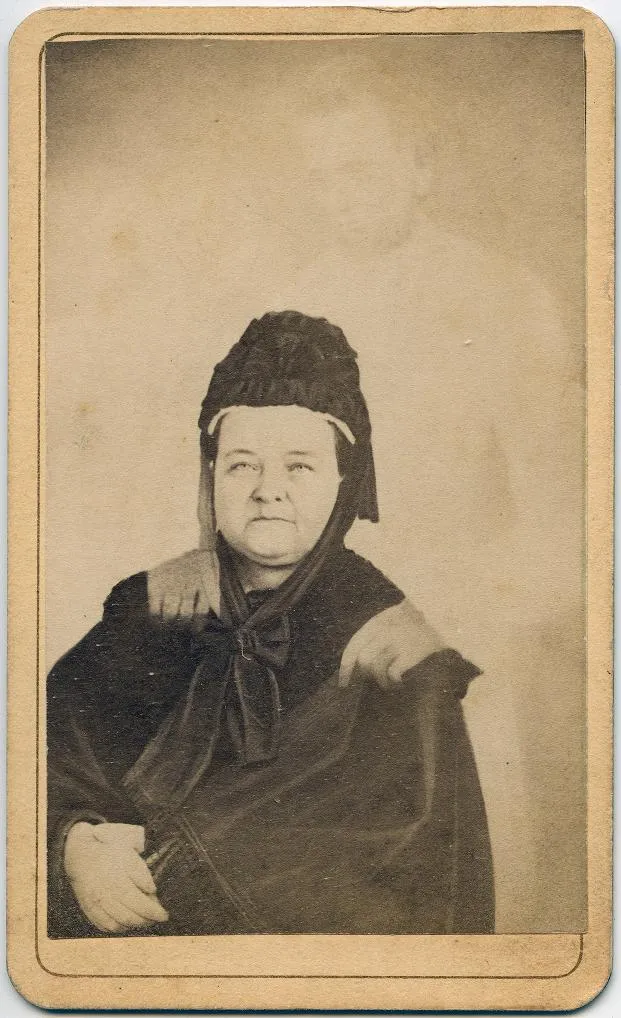
/https://tf-cmsv2-smithsonianmag-media.s3.amazonaws.com/accounts/headshot/PManseau.jpg)